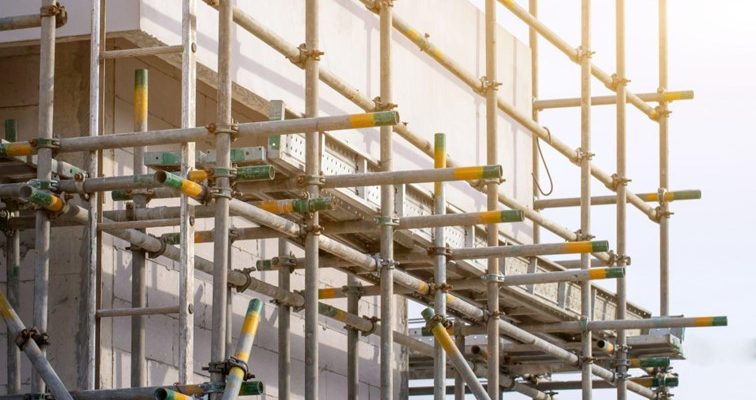According to a report published in 2022 scaffolding contributes PS2.86 billion (£2,864 million) to the UK’s economy. Construction Industry Training Board ( CITB ) predicted that 200 scaffolding specialists would be required every year to meet the construction demand. This number has increased significantly since then. Due to the high demand and statistics, it is important to know about the different types of scaffolding. What are the three main types of scaffoldings?
The three most common types are suspended, aerial and supported scaffolding. Different scaffolding types are used for different purposes and situations. You must be familiar with each type of scaffolding to ensure you select the best scaffolding for your project.
Continue reading to learn more about different types of scaffolding.
What Are The 3 Main Types Of Scaffolding?
Scaffolding is generally divided into three categories. There are a lot of different types of scaffolding but they all fall into these three categories. It is essential to choose the right type of scaffolding for your project. Scaffolding comes in three main categories:
Supported
Supported scaffolding is what most people imagine when they think of scaffolding. This type of scaffolding uses metal tubes and couples to build it vertically, from the ground up towards the side. The ground as well as the structure of the building anchor the scaffolding. The most safe method of elevating is supported scaffolding. In construction projects, supported scaffolding is used when ground access is not a concern.
Suspended
Platforms suspended from an overhead structure by ropes, or any other non-rigid method. Swing-stage suspension scaffolds with two-point adjustment are the most common suspended scaffold. Suspended Scaffolds are used when it is impossible to build scaffolding on the ground and work must be done at a high height.
Aerial
Aerial scaffolding is a temporary structure or platform that is erected above the ground to allow for work at height. It’s often used to repair, maintain, or construct buildings or bridges.
What Are The Different Types Of Scaffolding?
There are 17 types of scaffolding. The most common materials used to construct scaffolding are wood and steel. Steel is generally preferred because it’s robust and safe, despite being more expensive.
What is the most common type of scaffolding?
Frame Scaffolding is the most common type. Frame scaffolding, a type support scaffolding, is very cost-effective, easy to set up/takedown, and versatile. Frame scaffolding is used for a variety of applications including construction sites, temporary structures and event setups.
The most common type is frame scaffolding. It is easy to assemble and disassemble, as well as being very versatile.
Who Works With Scaffolds?
Scaffolding is needed by different professionals to ensure that they can do their jobs safely.
- Construction workers
- Builders
- Roofers
- Painters
- Window cleaners
- Electricians
- Plumbers
- Maintenance workers
- Renovation contractors
What tasks can scaffolds assist with?
Scaffolding helps individuals complete their projects by providing a stable and secure platform. Scaffolding is useful for a variety of tasks, including:
- Construction Facilitation
- Safety Support
- Material handling
- Maintenance work
- Temporary structures
- Facade access
- Event Setup
- Film and stage production
- Industrial Applications
- Construction and maintenance of bridges
Scaffolding Hire Auckland
Are you looking for Hire Scaffolding in Auckland? Hi-Point Access has a 30 year history in the scaffolding industry, which has helped us to build a strong reputation as one of auckland leading companies. For a quote complete the form, or call us at 01142577600. A member of our staff will be happy assist you.













Comments